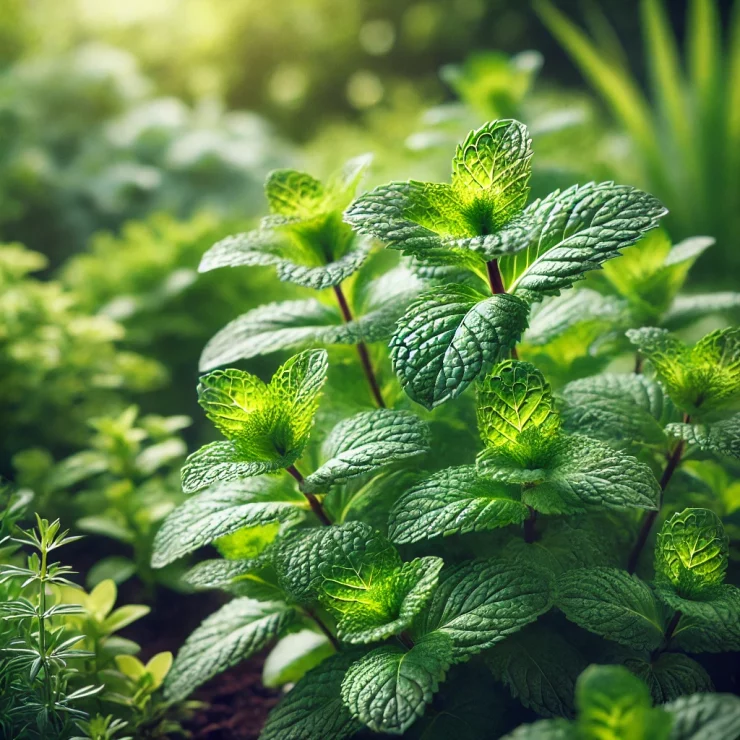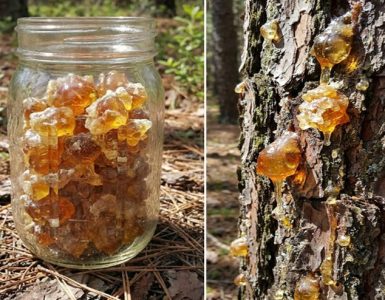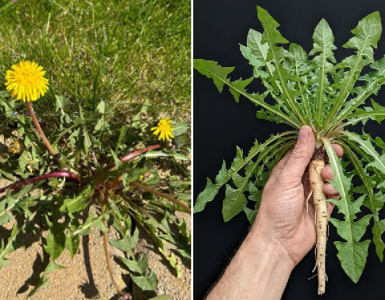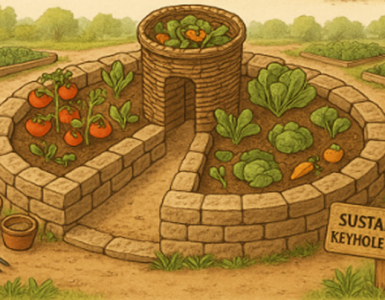Mint is a delightful herb that adds a refreshing flavor to a variety of dishes and drinks, from teas and cocktails to salads and desserts. It’s also a popular choice for home gardens due to its hardy nature and vigorous growth. However, growing mint successfully requires a bit of know-how to ensure it thrives and doesn’t take over your garden. Here are seven secret tips for thriving mint plants that every gardener should know.
1.Choose the Right Location
Mint is a versatile herb that can grow in various conditions, but it thrives best in a location with partial shade and well-drained soil. While mint can tolerate full sun, too much direct sunlight can cause the leaves to wilt and lose their vibrant green color. A spot with morning sun and afternoon shade is ideal, especially in hotter climates.
Tip:
If you’re growing mint indoors, place it near a window with indirect sunlight to give it the light it needs without scorching the leaves.
2.Plant in Containers to Control Spread
One of the biggest challenges with growing mint is its aggressive nature. Mint has a tendency to spread rapidly and can quickly take over your garden if not contained. To keep mint under control, it’s best to grow it in containers or pots. This not only prevents it from spreading but also makes it easier to manage and harvest.
Tip:
If you prefer to plant mint in the ground, consider using a bottomless container or a barrier to keep the roots contained and prevent them from spreading.
3.Keep the Soil Moist but Not Waterlogged
Mint thrives in moist soil, but it’s important not to overwater it, as waterlogged soil can lead to root rot. The key is to keep the soil consistently moist, especially during hot, dry weather. Water the mint regularly, but make sure the soil has good drainage to prevent excess water from accumulating around the roots.
Tip:
Mulching around the base of the mint plant can help retain moisture and keep the soil cool, promoting healthy growth.
4.Prune Regularly for Bushier Growth
Regular pruning is essential for maintaining a healthy and productive mint plant. Pruning encourages bushier growth, prevents the plant from becoming leggy, and helps maintain its shape. It also stimulates the production of new leaves, which are more tender and flavorful.
Tip:
Pinch off the tips of the mint stems regularly to promote branching. Remove any flowers that appear, as flowering can cause the leaves to lose flavor and the plant to become less vigorous.
5.Feed with Organic Fertilizer
While mint isn’t a heavy feeder, providing it with a balanced, organic fertilizer can help boost its growth and keep it healthy. Fertilize the mint plant once a month during the growing season (spring and summer) to ensure it gets the nutrients it needs.
Tip:
Compost or well-rotted manure can be used as an organic fertilizer to nourish the soil and promote healthy growth.
6.Protect from Pests and Diseases
Mint is relatively pest-resistant, but it can still fall prey to common garden pests like aphids, spider mites, and whiteflies. Additionally, mint can be susceptible to fungal diseases such as rust and powdery mildew. To keep your mint plant healthy, it’s important to monitor it regularly and take preventive measures to protect it from pests and diseases.
Tip:
Use insecticidal soap or neem oil to treat pest infestations. Ensure good air circulation around the plant to prevent fungal diseases, and avoid overhead watering to keep the leaves dry.
7.Harvest Regularly to Encourage New Growth
One of the joys of growing mint is being able to harvest it regularly for use in your favorite recipes. Regular harvesting not only provides you with a continuous supply of fresh mint but also encourages the plant to produce new growth. The more you harvest, the more the plant will grow.
Tip:
Harvest mint by cutting the stems just above a pair of leaves. This will encourage the plant to branch out and produce more leaves, resulting in a fuller, more productive plant.
Growing mint can be a rewarding experience, especially when you follow these secret tips to help your plant thrive. By choosing the right location, planting in containers, maintaining proper moisture levels, pruning regularly, feeding with organic fertilizer, protecting from pests and diseases, and harvesting frequently, you can enjoy a healthy, productive mint plant all season long. Whether you’re a seasoned gardener or a beginner, these tips will help you grow mint successfully and make the most of this versatile and flavorful herb.






Add comment